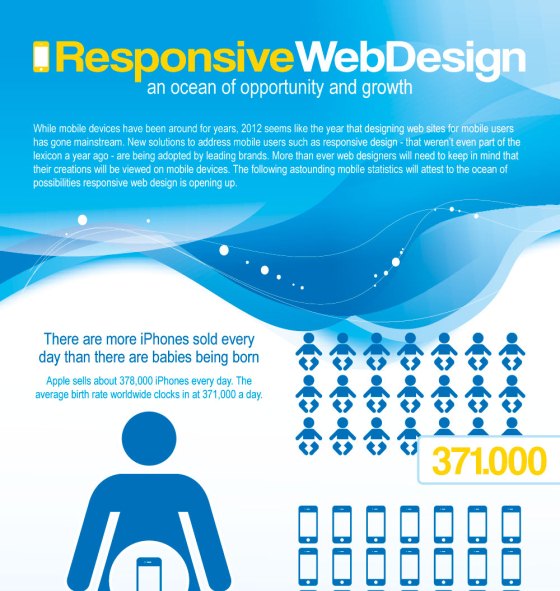The Development Of Website Design: Then And Currently
The Development Of Website Design: Then And Currently
Blog Article
Web Content Author-Thorsen Clarke
In the past, websites were easy and focused on details. Navigation was direct, and design was for desktop computers. Now, user experience is crucial. Data overviews styles for easy navigating. Responsive formats suit different tools. Today, dark mode decreases stress, and minimalist food selections boost navigating. Interactive functions involve customers, and bold visuals attract attention. AI combination boosts engagement. See just how style has actually evolved to boost your on-line trip.
Very Early Days of Web Design
In the very early days of website design, simplicity reigned supreme. Sites were basic, with minimal shades, typefaces, and layouts. The emphasis got on providing info instead of showy visuals. Individuals accessed the net through slow-moving dial-up connections, so speed and capability were vital.
Navigation food selections were straightforward, commonly situated on top or side of the page. Web sites were developed for home computer, as mobile browsing wasn't yet prevalent. Material was king, and developers focused on very easy readability over intricate style aspects.
HTML was the primary coding language made use of, and developers had to function within its constraints. Computer animations and interactive attributes were marginal compared to today's requirements. Sites were static, with little vibrant material or customized individual experiences.
Increase of User-Focused Design
With the advancement of internet site style, a shift towards user-focused style concepts has actually ended up being significantly prominent. Today, developing web sites that focus on customer experience is vital for engaging visitors and accomplishing company goals. source web page -focused style includes recognizing the demands, preferences, and behaviors of your target market to tailor the web site's format, material, and includes as necessary.
Designers now carry out detailed research study, such as user surveys and functionality testing, to gather understandings and comments directly from customers. This data-driven approach assists in producing intuitive navigation, clear calls-to-action, and visually attractive interfaces that reverberate with site visitors. By placing the customer at the facility of the design procedure, web sites can deliver an extra customized and enjoyable experience.
Receptive design has also emerged as an essential aspect of user-focused style, ensuring that internet sites are enhanced for various devices and screen dimensions. This adaptability enhances availability and functionality, dealing with the diverse ways individuals communicate with internet sites today. Basically, the rise of user-focused layout represents a change towards developing digital experiences that prioritize the requirements and assumptions of completion individual.
Modern Trends in Website Design
Explore the latest fads forming web design today. One popular fad is dark setting layout, offering a smooth and modern-day look while minimizing eye pressure in low-light settings. Another key trend is minimal navigation, streamlining food selections and improving customer experience by concentrating on essential elements. Integrating micro-interactions, such as animated buttons or scrolling results, can develop an extra interesting and interactive site. Receptive style continues to be important, making certain seamless individual experiences across different devices. Additionally, utilizing bold typography and unbalanced formats can add aesthetic rate of interest and accentuate specific web content.
Incorporating AI innovation, like chatbots for consumer assistance or personalized suggestions, boosts individual involvement and streamlines processes. Access has additionally end up being a significant pattern, with designers focusing on inclusive design methods to deal with diverse individual requirements. Accepting sustainability by enhancing web site performance for speed and efficiency is another arising pattern in website design. related web-site with customer feedback and information analytics to iterate and boost style constantly is vital for staying appropriate in the ever-evolving digital landscape. By accepting these modern-day trends, you can produce an aesthetically appealing, straightforward web site that reverberates with your target market.
Final thought
As you review the evolution of site layout from the early days to now, you can see just how user-focused style has actually become the driving pressure behind modern-day trends.
Embrace the journey of adjustment and adaptation in web design, always maintaining the customer experience at the center.
Remain current with the most up to date trends and modern technologies, and never ever stop advancing your approach to create aesthetically sensational and user-friendly web sites.
Progress, adapt, and develop - the future of web design is in your hands.
